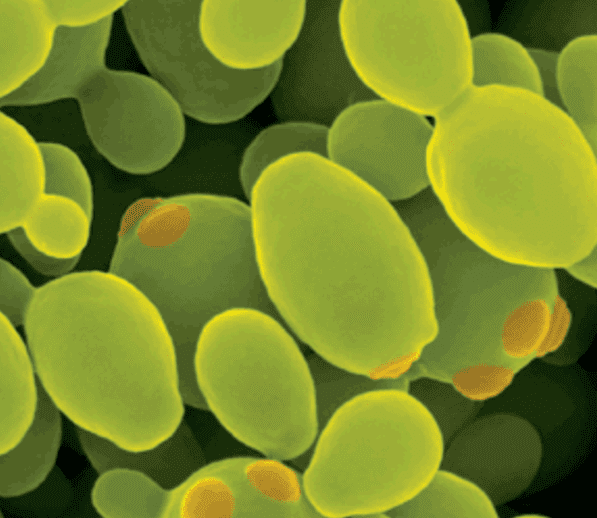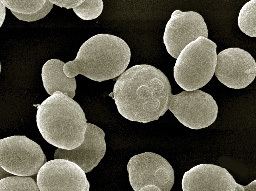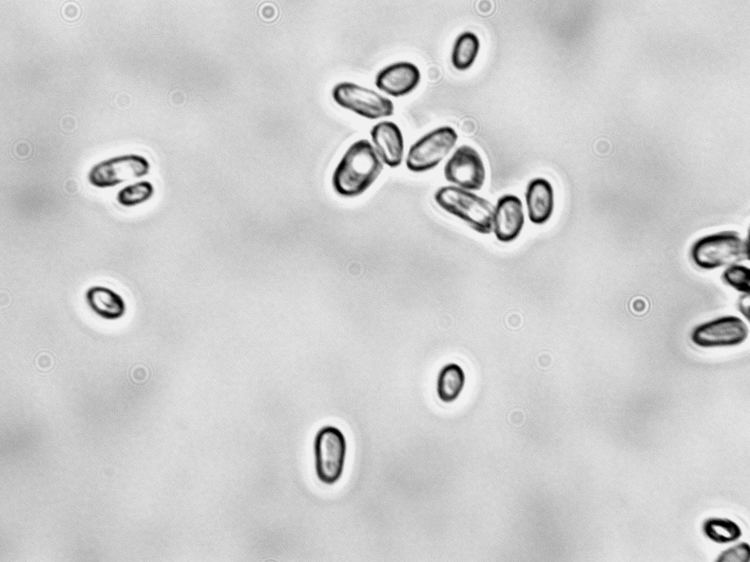Kingdom Fungi | Scientific name Pichia Rank Genus | |
 | ||
Lower classifications Pichia pastoris, Pichia stipitis | ||
Learn to make recombinant proteins with pichia pastoris
Pichia (Hansenula and Hyphopichia are obsolete synonyms) is a genus of yeasts in the family Saccharomycetaceae with spherical, elliptical, or oblong acuminate cells. Pichia is a teleomorph, and forms hat-shaped, hemispherical, or round ascospores during sexual reproduction. The anamorphs of some Pichia species are Candida species. The asexual reproduction is by multilateral budding.
Contents
- Learn to make recombinant proteins with pichia pastoris
- Producing recombinant protein using the yeast pichia pastoris
- References

Lactose is neither fermented nor assimilated by this species. The behavior with regard to other carbohydrates is dependent on the different species. Nitrate is always assimilated.

More than 100 species of this genus are known. Some of them interfere with the fermentation process for alcohol production. In winemaking, some species of Pichia can create potential faults in wines. Most are found in decaying plants; some live in close symbiosis with insects, which live on decaying plants.

Some Pichia representatives can be found in raw milk and cheese, such as P. anomala (formerly named Hansenula anomala). P. anomala has been shown to combat the undesirable mold Aspergillus flavus, which contaminates food sources such as tree nuts and corn, and produces aflatoxins. Researchers of the Agricultural Research Service found that when pistachio trees were treated with P. anomala, the growth of A. flavus was inhibited up to 97%. In addition to inhibiting A. flavus, the yeast may also help protect other agricultural crops from unwanted molds that affect the crop’s taste, texture, yield, and safety. [1] In smeared-surface ripened cheese, the most important species is P. membranifaciens that also occurs on cream cheese. The formation of a so-called pellicle is typical. Another member of the genus, P. pastoris, is widely used in molecular biology and biotechnology as an expression system. P. angusta furthermore called Hansenula polymorpha, is a model organism for studying the functions of peroxisomes and their underlying molecular biology.

Some Pichia species (e.g. P. ohmeri) have recently been clinically been proven to be pathogens, better known as so-called opportunistic pathogens in immunocompromised humans.
